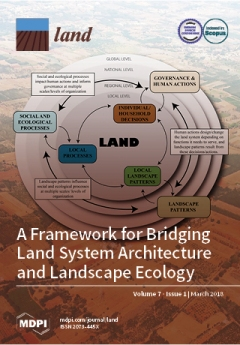Irrigation (Land Tenure) Act 1930.
This Act concerns the management and development of irrigation areas in South Australia. In particular, the Act regulates the acquisition, tenure and transfer of land within irrigation areas, recovery of money due and defines legal procedures related to the implementation of the Act.
Repealed by: Crown Land Management Act 2009. (2010-06-01)


